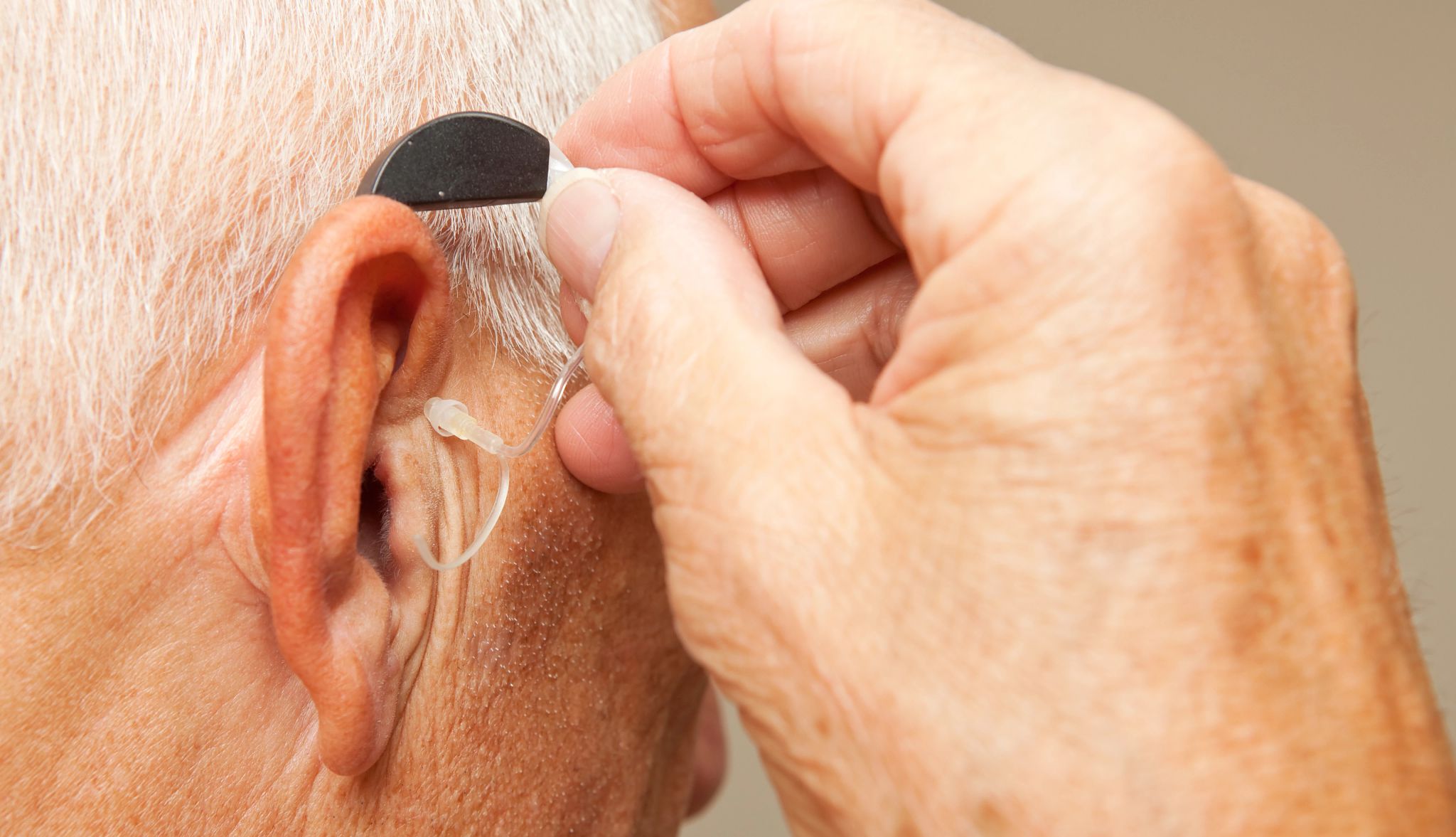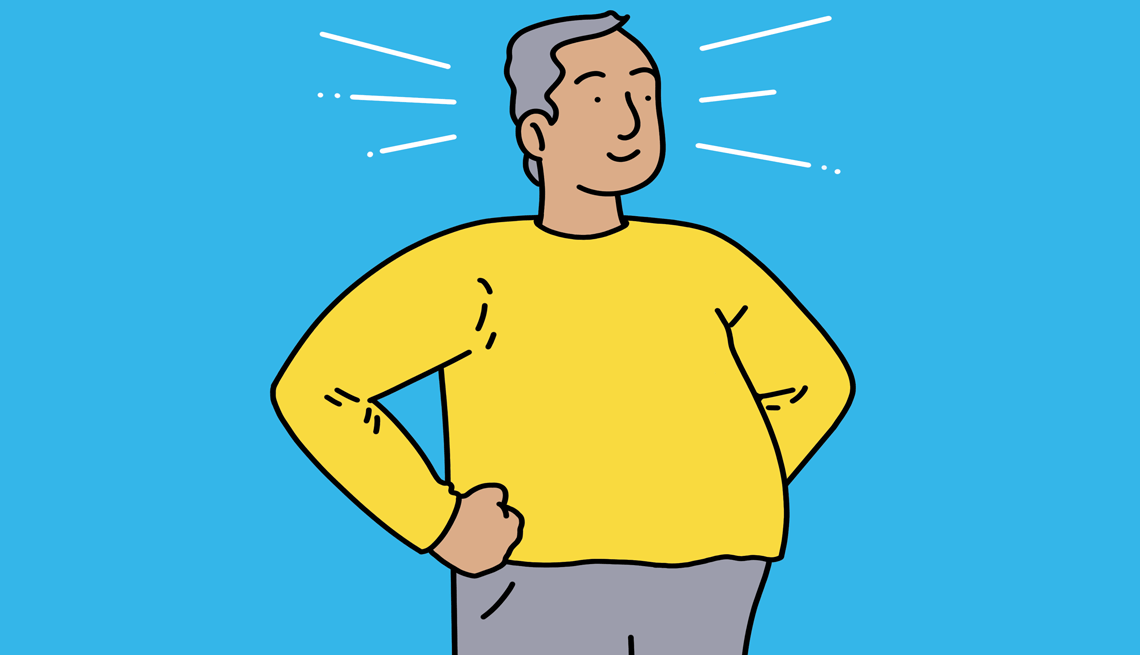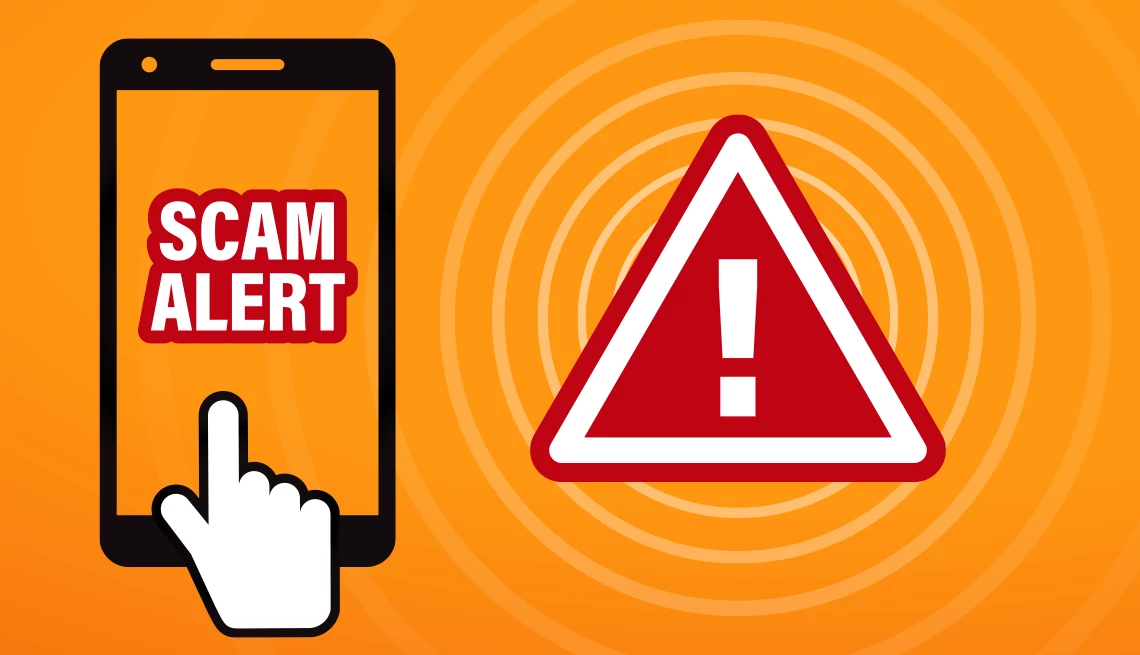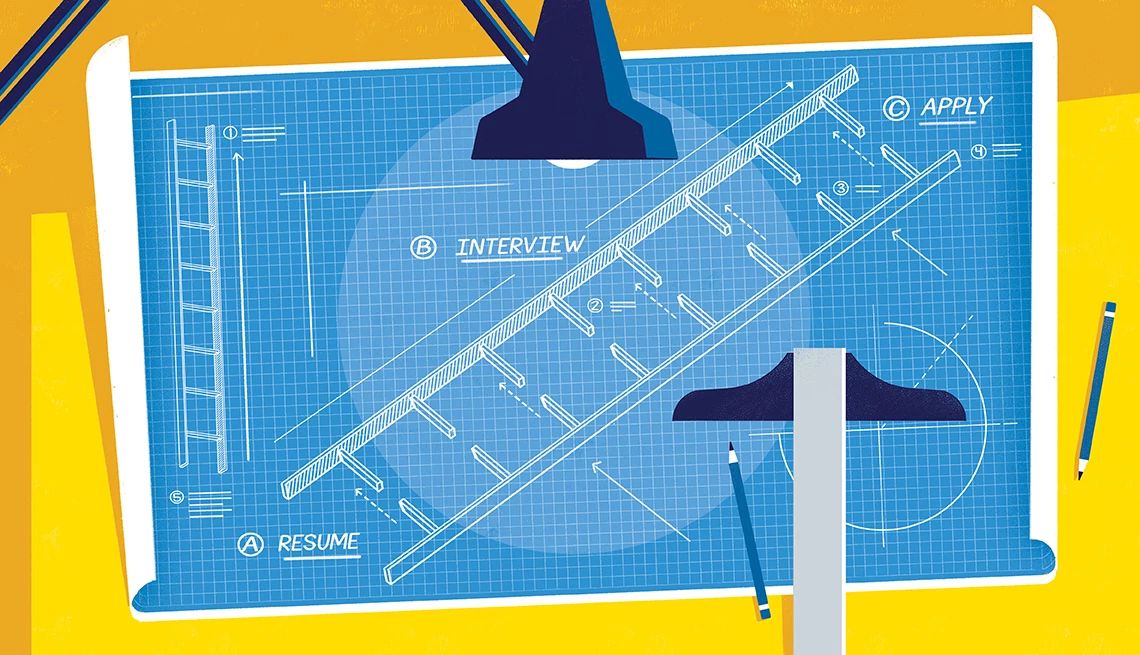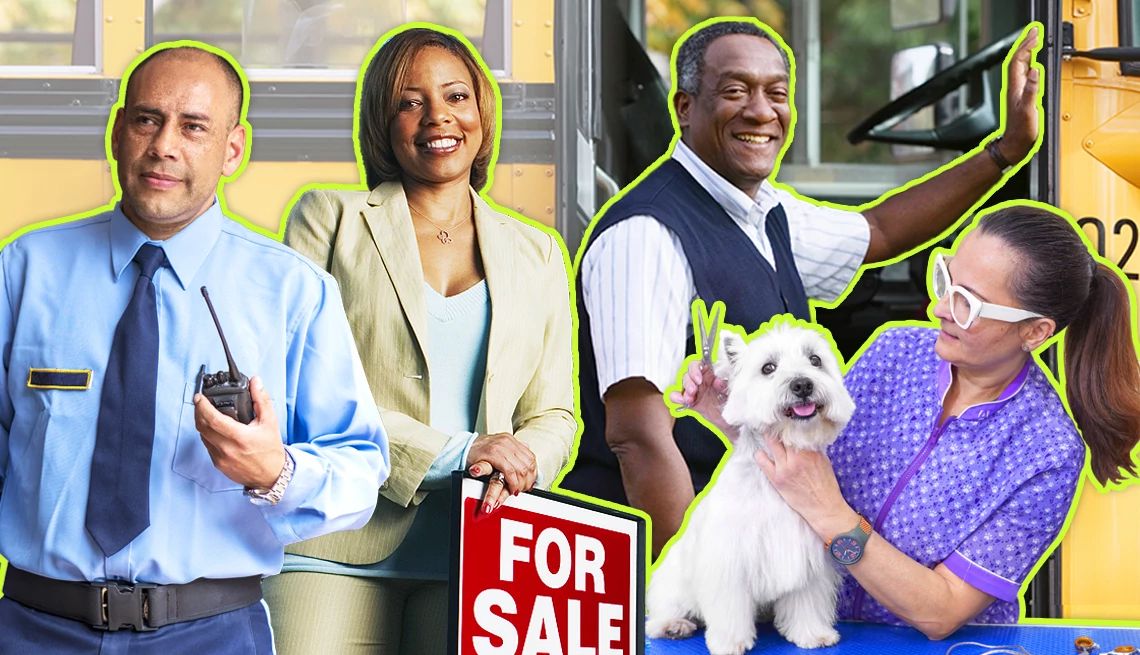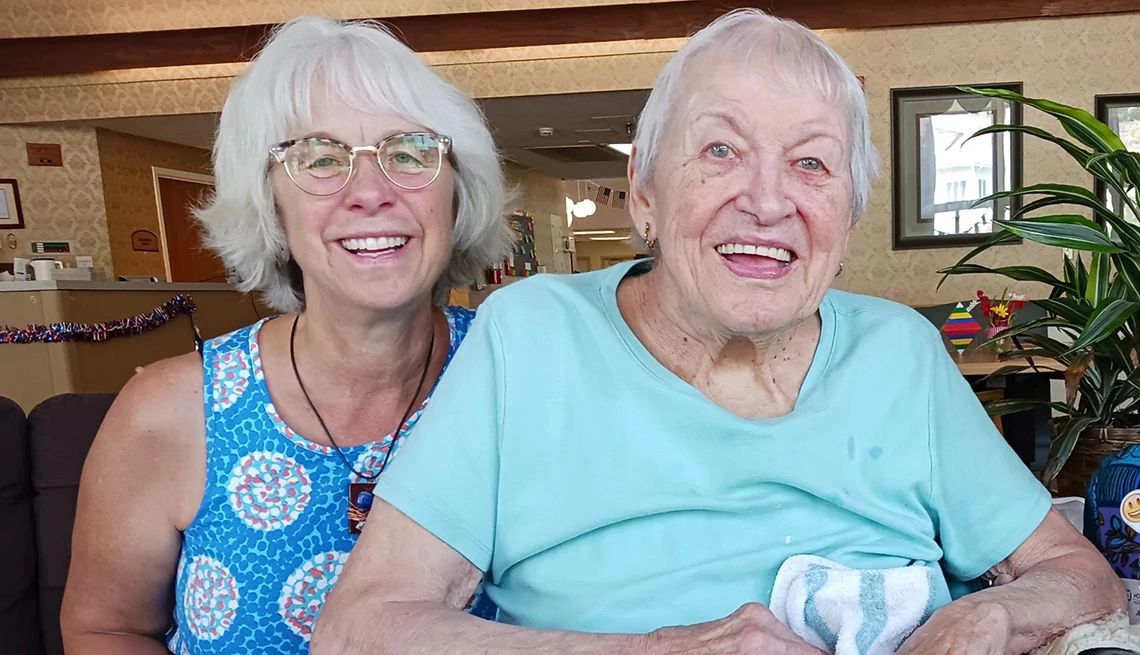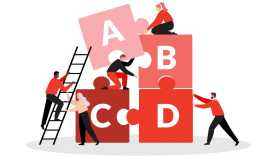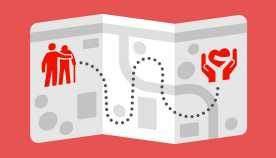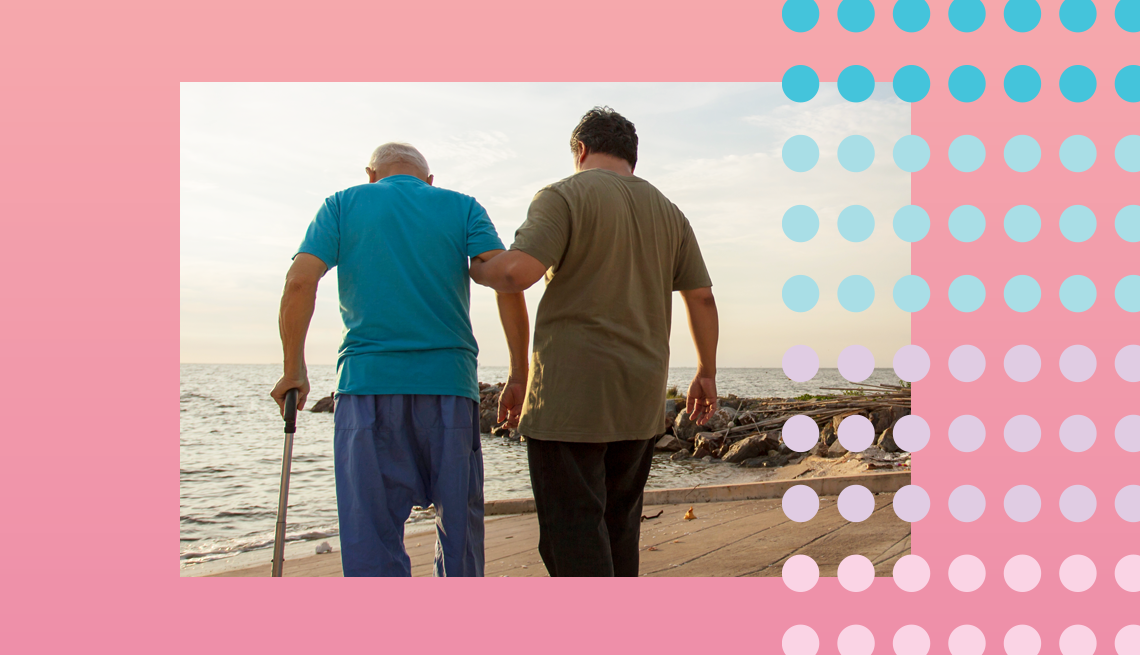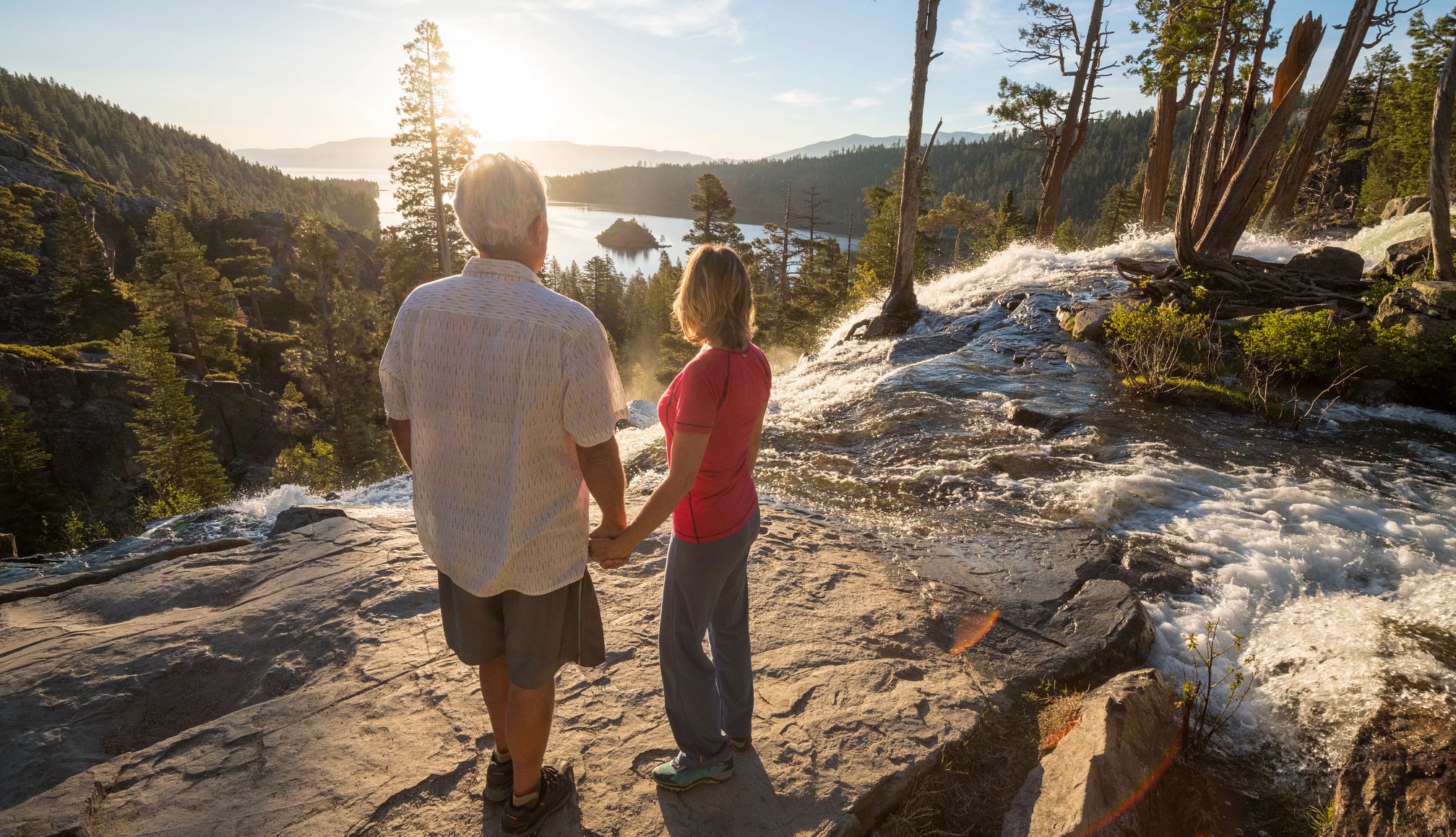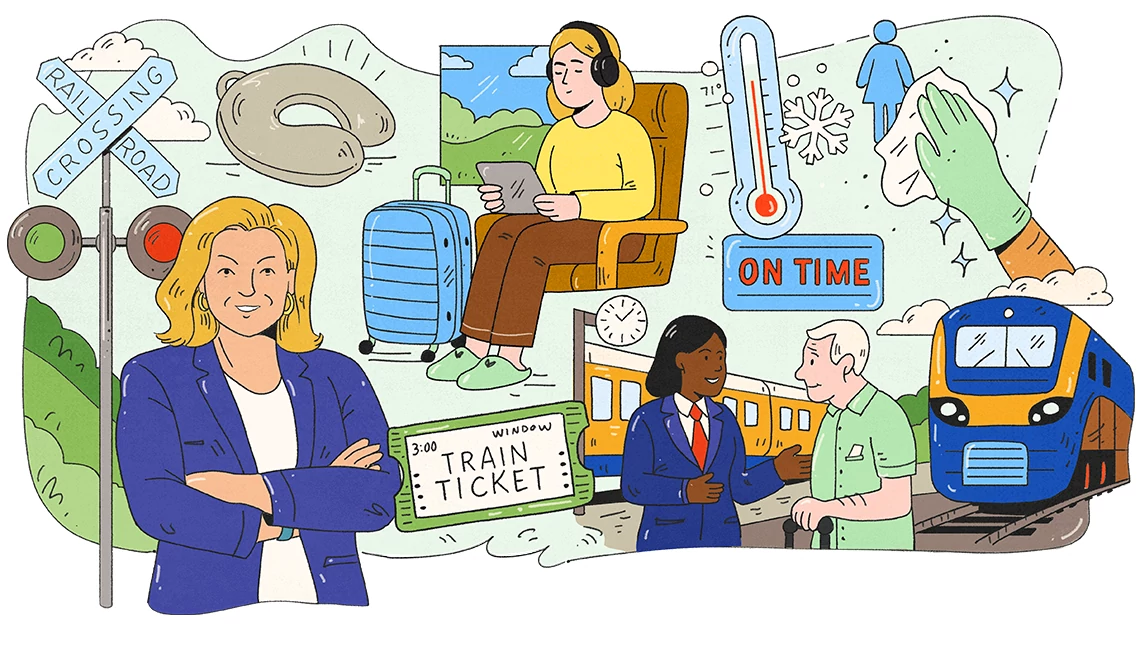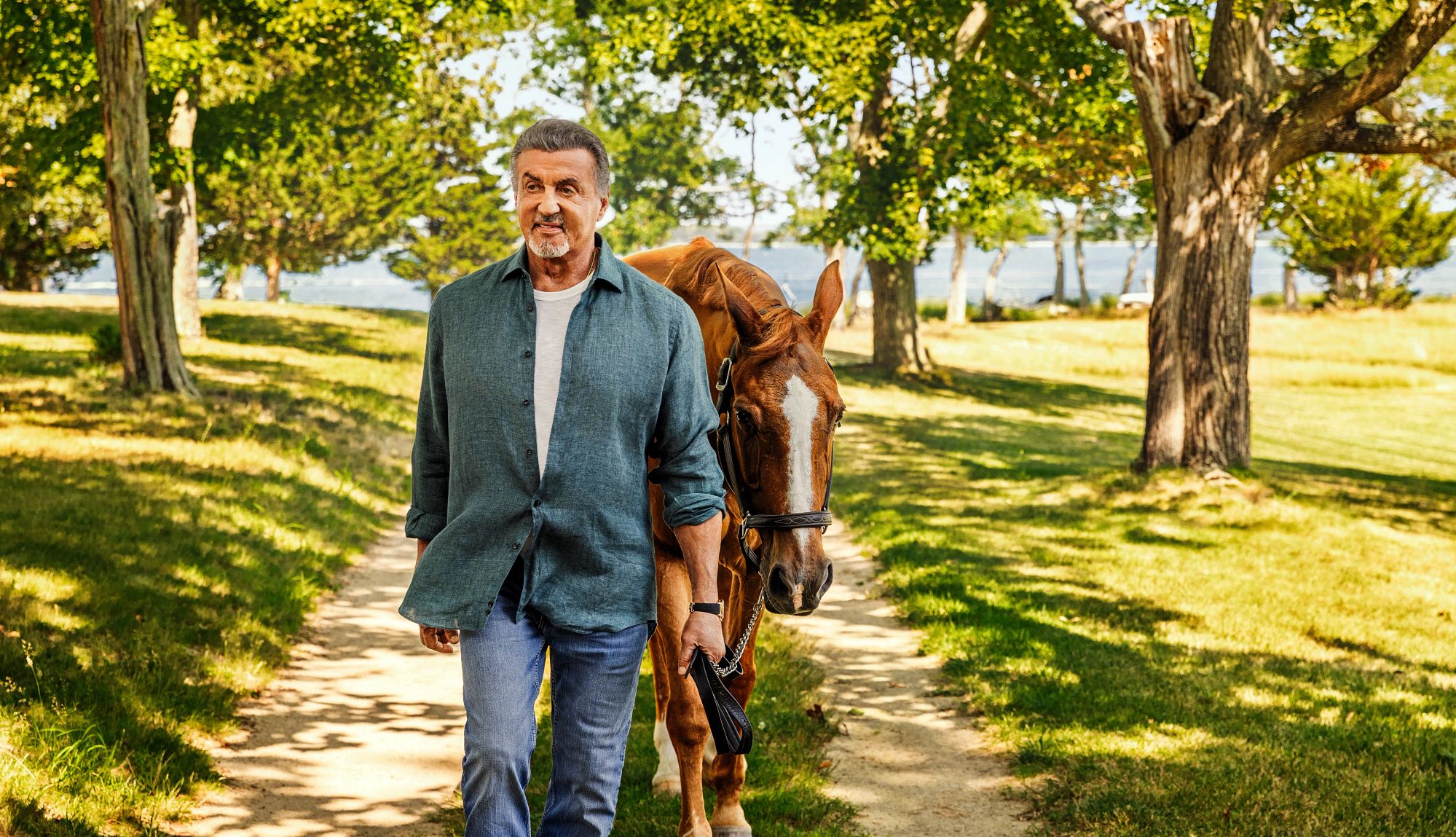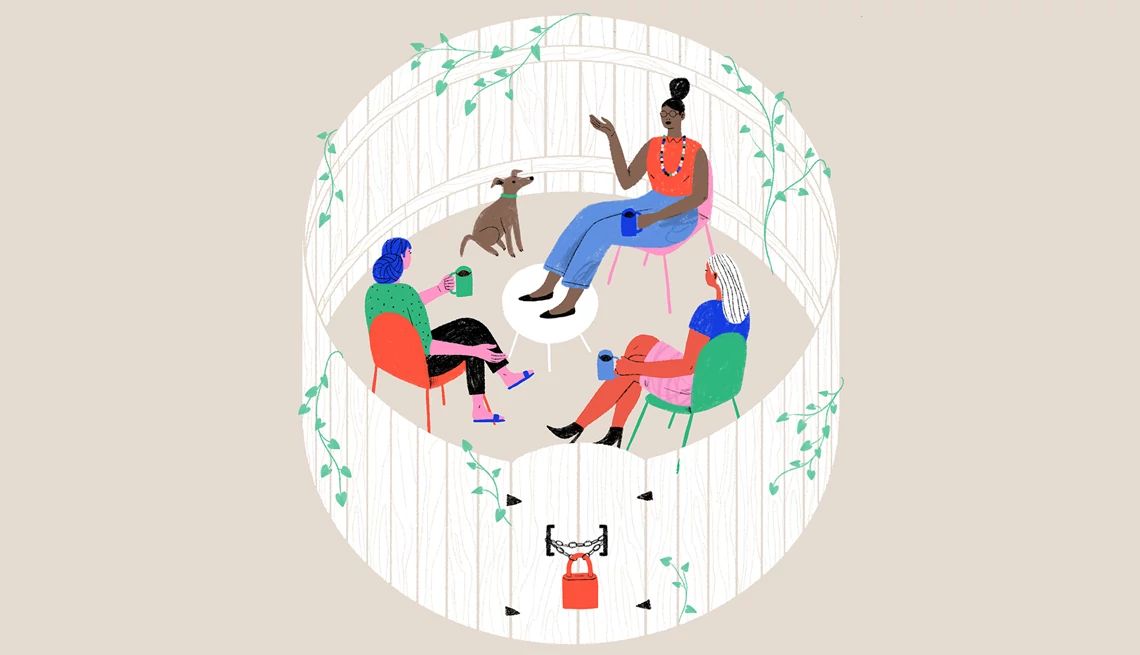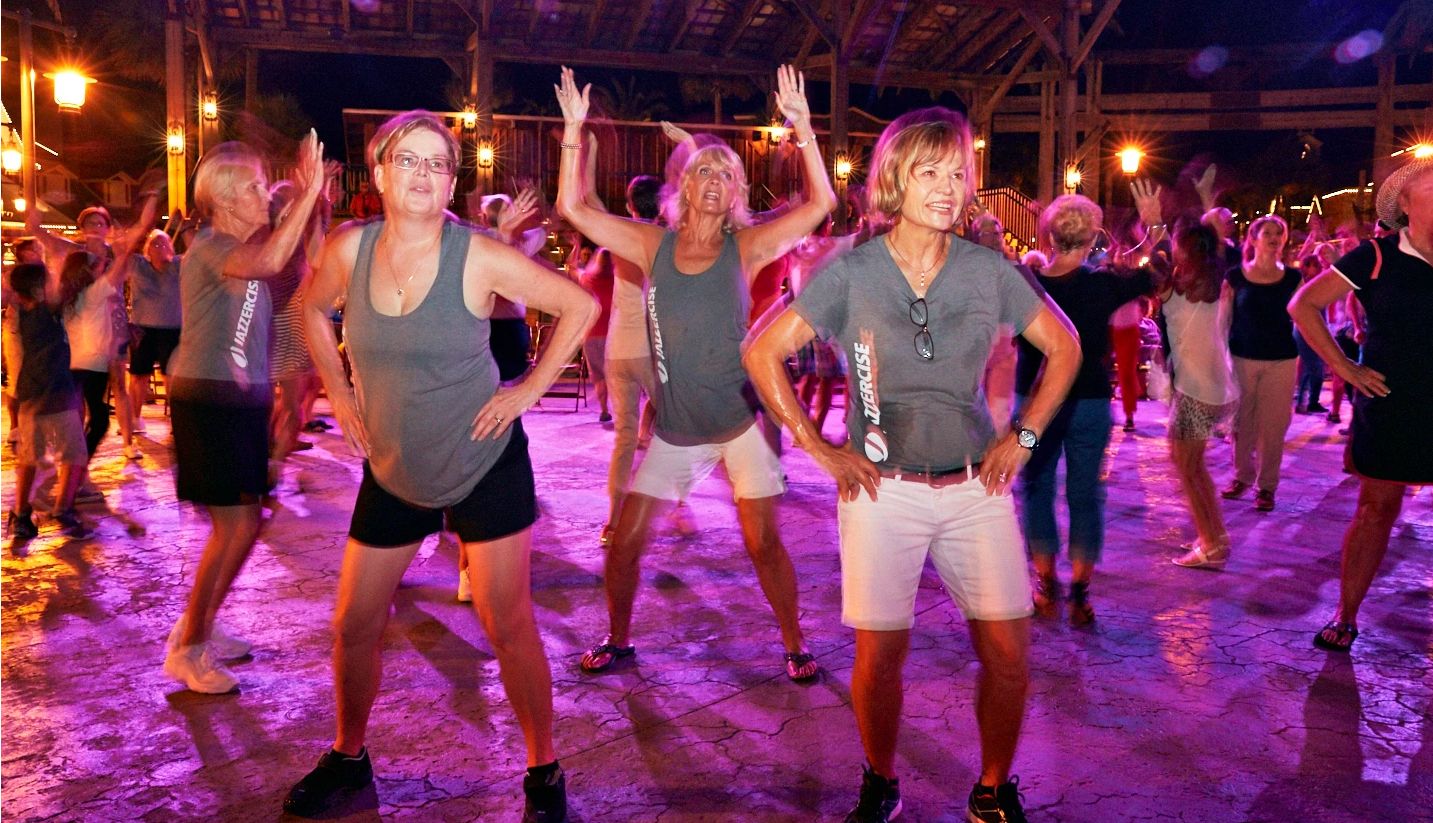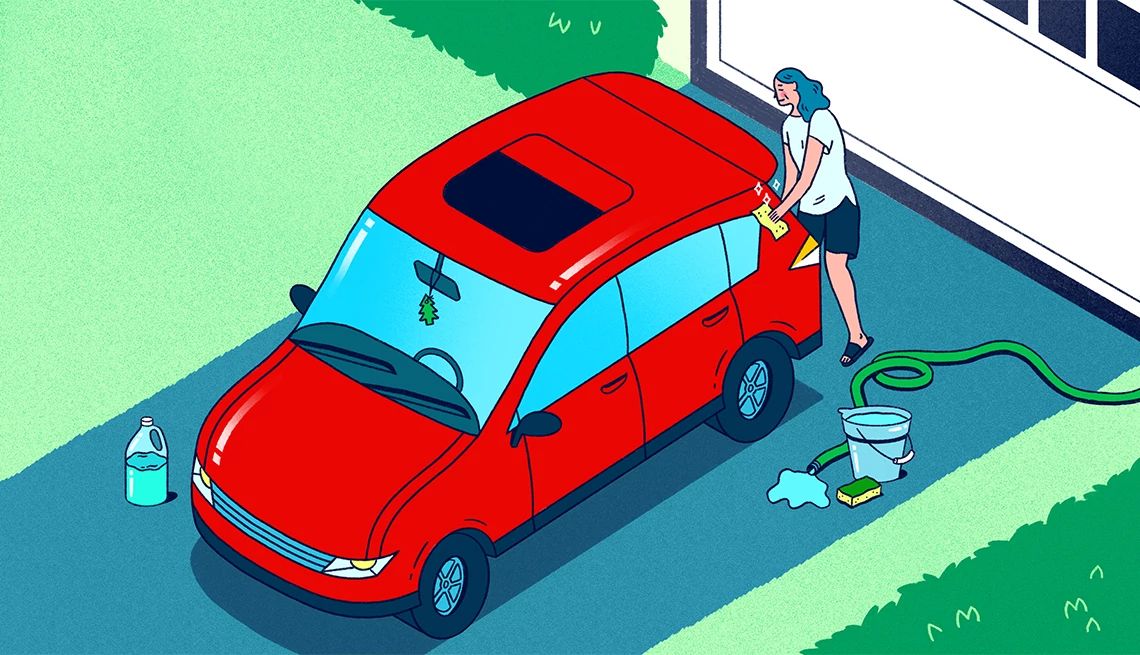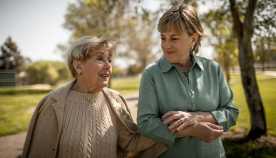AARP Hearing Center

After nearly four decades of dedicated service, one AARP Pennsylvania Associate State Director David Kalinoski is preparing to close an extraordinary chapter in a career defined by advocacy, innovation, and community building. As the organization’s first ASD in the country, he’s witnessed—and helped shape—the evolution of AARP’s mission, from grassroots volunteer-led programs to cutting-edge national campaigns. In this Q&A, he reflects on the legacy he’s leaving behind, the milestones that have defined his journey, and the people who have inspired him along the way.
From his early days supporting older Pennsylvanians through structured programs and local chapters, to leading national initiatives like the Fraud Watch Network and concert series events in major cities, his work has touched countless lives. Through it all, his approach has remained the same: lead with authenticity, listen closely, and empower others to make a difference. As he looks ahead to retirement, he shares lessons learned, memories made, and hopes for the future of advocacy and community engagement at AARP.
You’ve been with AARP for nearly 38 years — what first brought you to the organization, and what made you stay for so long?
I had been working for the PA Department of Aging when my supervisor there became the first State Director (then called State Representative) with the very first State Office of AARP. She was able to hire an associate (now called an ASD). I applied and nearly 38 years later I’m still here – so I was AARP’s first ASD in the country.
How has AARP Pennsylvania, and the York community, changed over the course of your career?
There used to be many more structured programs and initiatives in areas such as health care, women’s issues, housing, worker equity, minority affairs, consumer representation, and widowed persons services, along with the long-established Tax Aide and Driver Safety (then called “55 Alive”) programs. Each of these programs had a cadre of volunteers. There was also a very dedicated and elite group of advocacy volunteers at both the state and federal level, representing older Pennsylvanians on key issues. Pennsylvania also led the nation in the number of organized chapters, mostly located in and around Allegheny County. York, in fact, had 10 functioning chapters at one time.
What are some of the most memorable moments or milestones from your time with AARP?
I had the honor of being asked to participate in three extended assignments at the National office. The first was to help develop “AARP at the Local Level” which was a precursor to community councils in what would emerge later as many of our targeted communities of presence. My second assignment at National was to help establish the Advocacy Training Center, which led directly to AARP’s involvement in direct action organizing (DAO) campaigns. My most recent position was to serve as interim director for the Fraud Watch Network when it was located in Campaigns. I led a nationwide shredding effort called “Stand Up to Scams” coordinating with multiple internal partners. We also developed a “hackathon” which was a competition among high schools to develop early warning systems on fraud prevention.
Is there a particular project, campaign, or initiative you’re especially proud to have been part of?
I loved being able to serve on AARP’s national Member Event team and travel to so many cities as part of the concert team which managed shows for performances by performers such as Chicago, Elton John, Paul Simon, Earth Wind & Fire, Gloria Estefan, James Taylor, and Lionel Richie. Not only was I able to direct other ushers at these musical events but worked with the Secret Service as well when we had Presidential candidates on hand to meet with the thousands of AARP attendees. Traveling to major cities such as New Orleans, San Diego, Chicago, Los Angeles, Boston, and Las Vegas created fond memories with many AARP staff for the very long hours we put in at these events.
A lot has changed in the world over the past four decades. How has your role evolved, and how did you adapt to those changes?
When I first started in 1987 we had typewriters at our desk and were reliant on interoffice mail and telephones for our communication tools. The internet and word processing equipment had not yet found its way into our world. One of the biggest changes over the years was in who we served and how we served them. We evolved from serving the volunteer to serving the member, though the use of volunteers. As mentioned earlier, there were more categorical programs, with distinct volunteer cadres. These then evolved into more of the cross-cutting program and issue teams that we now see in communities.
What have you learned about the value of older adults and the power of community through your work?
One of the aspects of this job that attracted me to AARP is the opportunity to work with passionate volunteers and incredibly talented, smart and skilled staff. The hundreds of volunteers that I’ve come to know and work with over time has produced countless memories and friendships that are only exceeded by the impact that we’ve collectively made in people’s lives and in communities as a whole. The fondest memories I have are of the times that we’ve connected people with their passions and then allowed them to flourish.
Do you have any favorite stories about volunteers or members that left a lasting impact on you?
One of the early encounters with a volunteer was a gentleman by the name of Charles Federal. Out of respect, I addressed him as “Mr. Federal”. He responded back that Mr. Federal was his father’s name, and that I should call him Charlie. I knew at that point that connecting with volunteers, on their level, would be a partnership that would be both productive and rewarding. I could easily list about a dozen volunteers who I have grown especially fond of through the years. It’s often a surprise to learn how old they are because they all seem ageless.
What advice would you give to someone just starting a career in advocacy or community engagement with AARP?
The best advice I could give someone would be to be your authentic self with volunteers. Treat them with dignity and respect and spend time listening. The other advice would be to look for the intersections that often occur between advocacy and community service. People sometimes have to be involved in community outreach and education to see where injustices and reforms are needed on the legislative and advocacy side. Once aware of issues that impact people’s lives, citizens become stronger advocates for change. Be the change agent.
What are you most looking forward to in retirement — and do you plan to stay involved with AARP in some way?
There are a lot of things that I’m looking forward to, such as picking up on old hobbies and interests, taking a class or two, spending time with family and with other recently retired friends, going to more shows and concerts, and getting back to some patient care with a local hospice organization. I do know that so many volunteers have told me to be careful not to take on too many things right after retirement. The summer is a good time to chill out and give myself some grace for not having to have a planned schedule. I’m sure that I’ll stay connected to many of the staff and volunteers. I’m looking forward to having every day seem like a Saturday!
Looking back on your career, how do you hope to be remembered by your colleagues and the people you’ve served?
That I was a valued, trusted, reliable, and respected colleague who helped others contribute to the greater community good. I also hope that I helped to inspire others to make a difference in people’s lives through education, advocacy and service.




